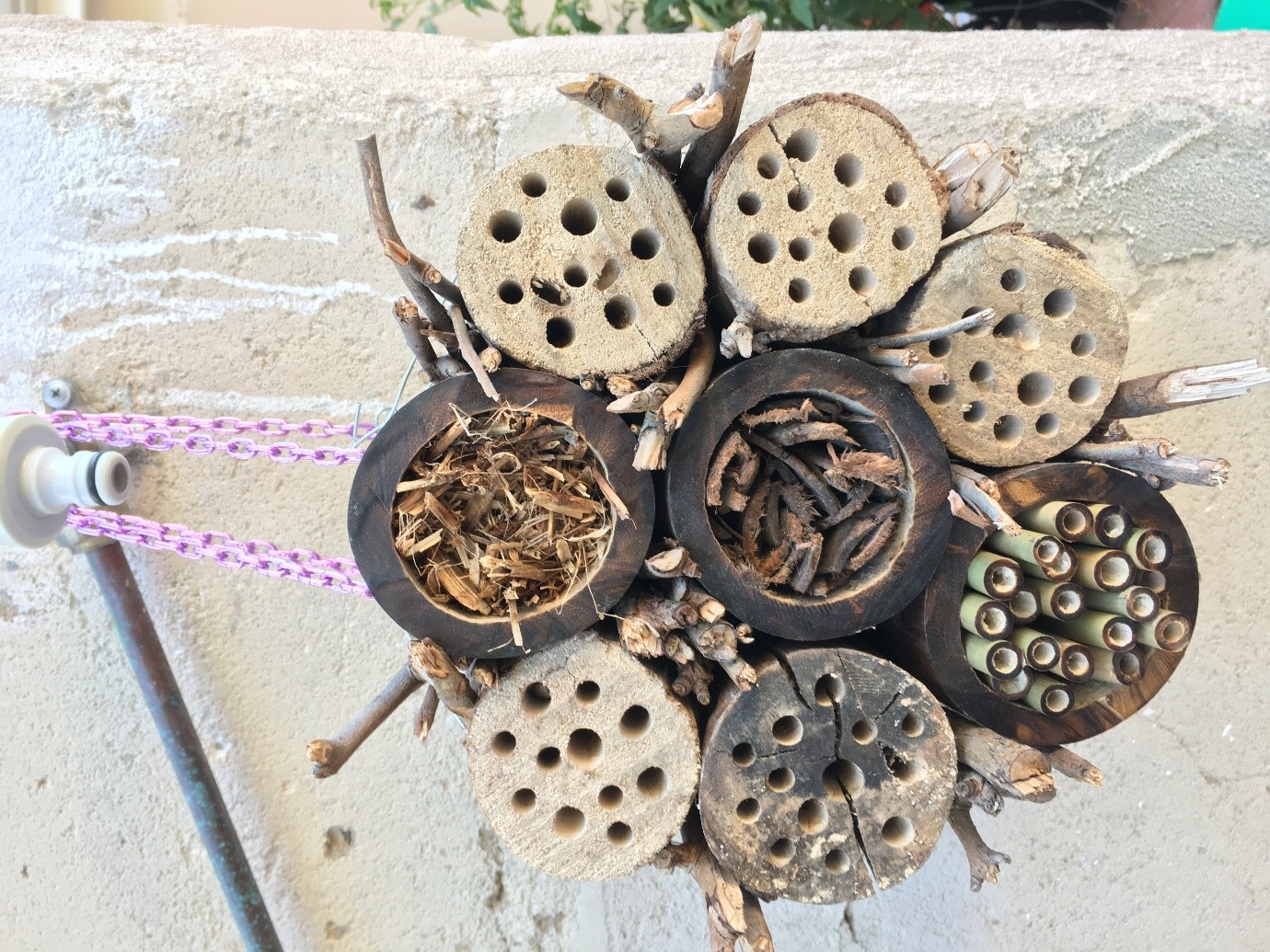Everyone can play a part in safe guarding the future of the Wheatbelt as a great place to live. You don’t need to manage a large landholding to support the healthy functioning of the Wheatbelt system. Looking after our insects, even the cockroaches, is something we all can do.
Wheatbelt NRM is currently working with the community to protect the threatened ecological community – Eucalypt Woodlands of the WA Wheatbelt. Regeneration of many flora species in these woodlands can be impacted by the loss of pollinators.
But it is not only the Woodlands that are threatened by the loss of pollinators. Insect pollinators are essential to the success of many of the agriculture crops grown in the Wheatbelt.
According to the Australian Honey Bee Industry Council the financial value to agricultural and horticultural crops of honey bees and pollination is estimated at approximately $4 to $6 billion annually.
The fragmented nature of the Wheatbelt means that many patches of woodland are nestled amongst agricultural land. If the bushland is in good condition and the complex ecosystems are fully functioning this can have a flow on effect on the farm productivity. These remnants provide shelter for the insect pollinators and support predation of insect pests by native animals such as birds and reptiles.
Changes in land use and loss of habitat are one of the greatest threats to pollinators and being pollinator friendly is as easy as protecting the remnant vegetation on your farm and providing shelter for our many native species.
These insect hotels are remarkably easy to make and can work in the household setting to offer sanctuary. With the Eucalypt Woodlands of the WA Wheatbelt we already have an insect hotel of a much larger scale that can help us conserve our biodiversity and productivity at the landscape scale. Protecting the vegetation assists in protecting all the insects that call it home.
If you have remnant vegetation that could be classified as Eucalypt Woodlands of the WA Wheatbelt contact us to find out what action you can take to protect it.
Find out more about the Woodlands at Where the Wild Things are



